More than a few good (and several not-so-good) stories begin with a shot of vodka, but in the case of a group of Canadian distillers, their vodka begins with a good story. That, and a lot of guts.
For its most daring venture, Rock Spirits sends a team of ice harvesters into the Arctic to confront magnificent, monolithic icebergs and tear off chunks to capture more than 8,000 gallons of water for a liquor called – what else? – Iceberg Vodka. Facing down icebergs is not only time-consuming but inherently dangerous, and, for the company, a process repeated almost one hundred times a year. Given that these icebergs are at least 10,000 years old, the water is smoother, purer, and freer of modern contaminants than anything you could find on shelves or from natural springs. At least, that’s what the packaging promises.
All this seems a bit extravagant for a (relatively inexpensive) vodka, considering its neutrality renders it the perfect base for cocktail juice or generous dashes of lime, but that’s part of the point. Unlike wine, whiskey or gin, which build a following with flavor, vodka’s left to rely on an enticing look or an appealing twist. It needs to tell a story. Iceberg Vodka wants to ensure they have an irresistible one.
Each step of bringing a bottle of Iceberg Vodka to life is an adventure. It begins with an iceberg-spotting trip, led by Captain Ed Kean whose three decades of corralling Newfoundland icebergs has made him the focus of French, Australian and Japanese documentary crews.
Next comes the actual harvesting, but icebergs are known for being temperamental and wielding unseen arms that can do serious damage to a boat – Jack and Rose can vouch for that. Casualties are not unknown. It is, literally, a matter of life or death, and, unsurprisingly, sourcing ancient icebergs with high fatality risks doesn’t come cheap. Even before alcohol is mixed in – they use a triple distilled spirit made from Ontario sweet corn – the price edges into the seven figures.
Finally, powder-activated carbon is added to remove any odors, impurities, or tastes. For those environmentally concerned, the company has the government’s blessing, and is the only in the world with a commercial license for this type of harvest.
Back in the ’90s, during Iceberg Vodka’s inception, that selling point took a while to catch on. Though the Beverage Testing Institute of Chicago rated it just behind Grey Goose on a 40-vodka taste-test in 1998, Iceberg Vodka needed the rise of artisanal spirits to more fully edge its way into the market.
Still, it’s encountered its share of roadblocks. For one, its $20 price tag isn’t helping offset the astronomical production costs. The company dabbled in adding flavors, but that defeated the point of it being 100% pure. Triple distillation isn’t as popular now that competitors are distilling a dozen times. And though Iceberg Vodka is aggressively Canadian, Canadians aren’t that interested. In Newfoundland, anyone can wander down to the beach and grab a chunk of iceberg for their cocktails. They don’t need to pay someone else to do it for them.
Regardless, Iceberg Vodka has established itself, whether for those drawn to the taste or the sheer extravagance of how it winds up in their hands. At the very least, it’s a good story or icebreaker – sorry, couldn’t help myself – to begin your own nightly adventure.

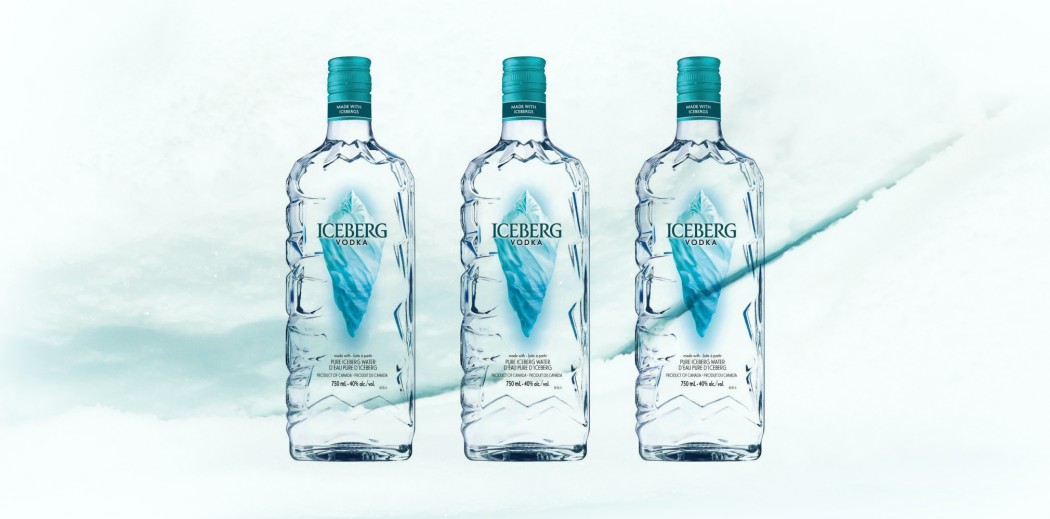
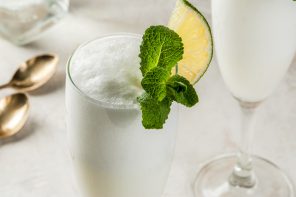
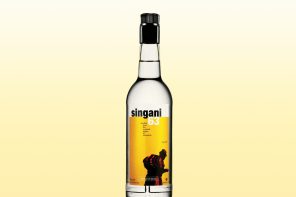
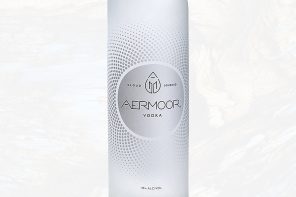
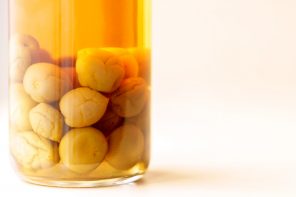
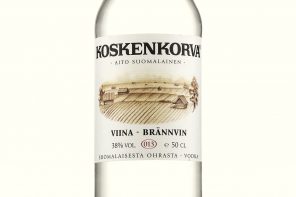
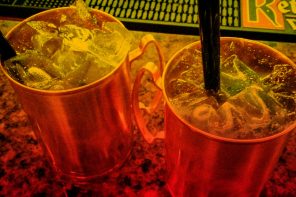
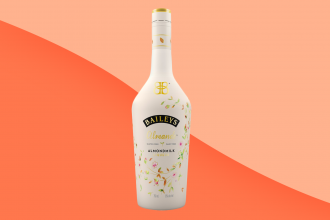
Quite an adventure to prepare a vodka, thanks a lot for that information